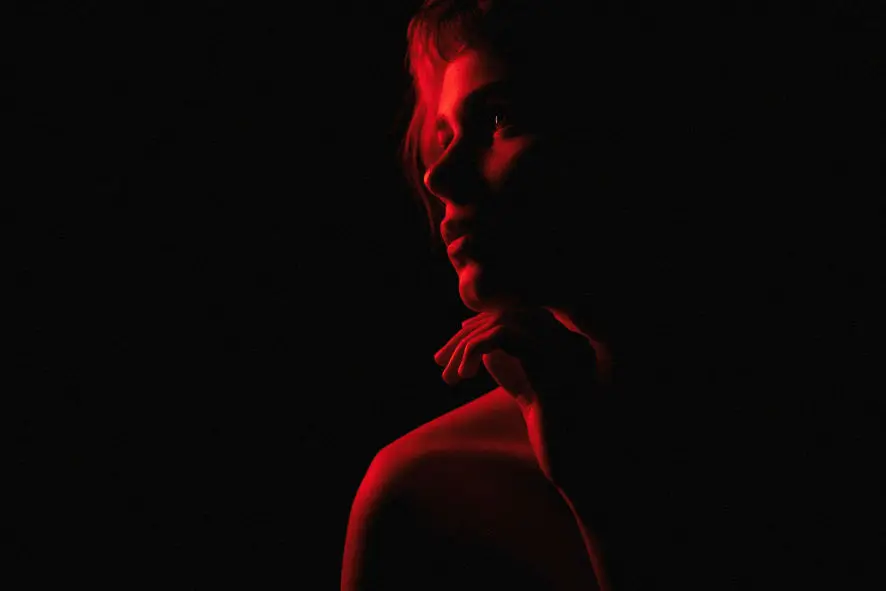Adjusting Brightness Levels and Background Lighting
It’s not only about the optimal positioning and diffusion of your key light. The proper brightness levels and color balance are also extremely important for attractive lighting:
Avoid Dim or Overly Harsh Lighting
Having sufficient lighting brightness for your webcam to pick up quality detail is crucial. If lighting on your face is too low or dim, image quality will appear grainy and colors will be washed out.
On the flip side, you want to avoid overlighting yourself to the point of blowing out your facial features or causing glare in the video. Use light meters or your webcam preview window to fine tune brightness to optimal mid-range levels.
Match Color Temperature of All Lights
When using multiple lighting sources like key, fill and background lights, aim for consistent color temperature matching.
If your key light is a warm 3000K, your fill and backdrop lights should also be warm, avoiding mixing cool and warm light colors. Keeping a cohesive color balance avoids distracting mismatches between light sources.
Light and Treat Your Background Too
Don’t forget about properly lighting the background area behind you on your webcam shows. Ideally the backdrop should be subtly lit, avoiding uneven light or completely unlit backgrounds.
Use soft backlights, wall sconces or string lighting to gently illuminate background walls or surfaces. Solid colored backdrops like seamless paper can also brighten backgrounds. Just watch for bright spots or variations.
The background shouldn't pull too much attention from your face but still be visible. Dramatic contrast between very bright models against dark backgrounds should be avoided.
Recommended Lighting Kits for Webcam Models
We recommend investing in complete lighting kits designed for multimedia production instead of DIY piecing together random light bulbs and household lamps.
Here are some of our top picks for professional webcam lighting kits:
- Neewer 18” Ring Light Kit - Comes with camera mounted 6500K LED ring light, light stands, phone holder and carrying bag. Excellent for flattering facial lighting. Under $100.
- LimoStudio 700W Softbox Lighting Kit - Contains two softbox lights with stands, bulbs and carrying case for under $140. Great for key and fill lighting.
- Elgato Ring Light - Premium LED ring light that clips to desktop. Advanced color customization via app. Under $200.
- Fovitec Studio Triple Light Softbox Kit - Higher end kit with three softboxes, stands, bulbs and accessories. Over $200 but pro-grade lighting results.
- Emart 600W Continuous Lighting Kit - Day light balanced bulbs with huge softboxes and backdrop kit. High output for under $300.
Look at lighting kits on B&H Photo, Adorama, Amazon, photography stores or directly from brands like Elgato, Neewer, LimoStudio, and Fovitec. Aim for kits with lights, stands, bulbs, diffusers.
